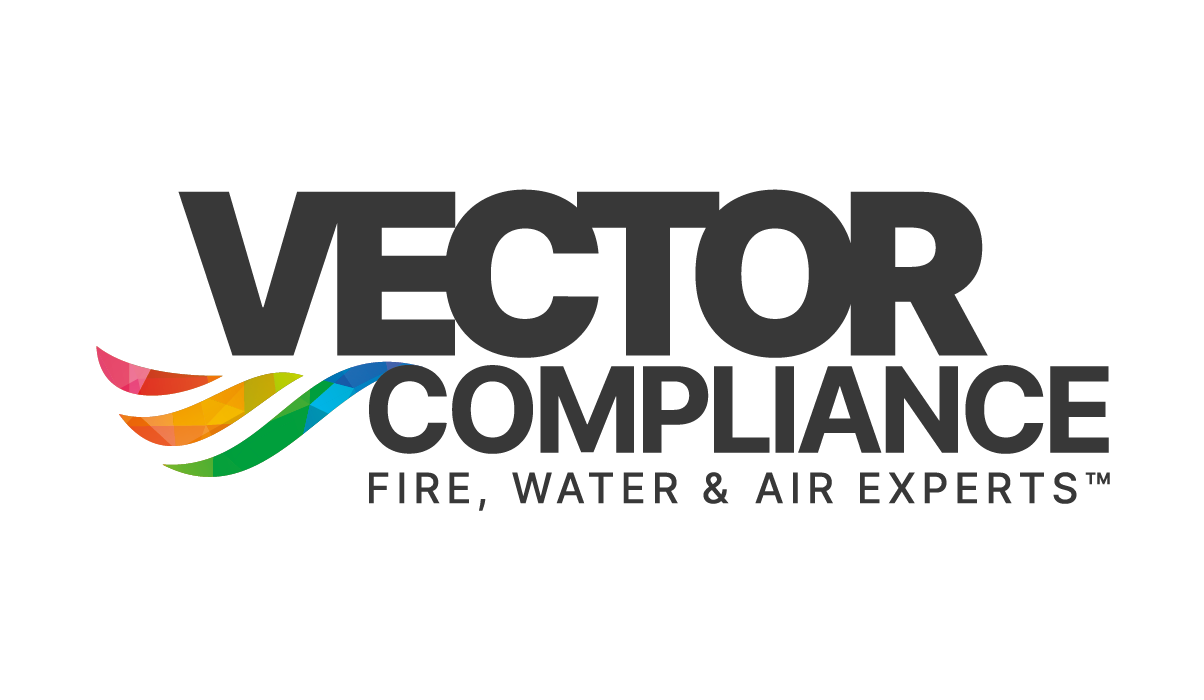Air Handling Units
Air Handling Unit Maintenance
Air handling units (AHUs) are an integral part of heating, ventilation, and air conditioning systems in buildings. Regular maintenance of AHUs is essential to ensure optimal performance, energy efficiency, and indoor air quality. This article provides an overview of AHU maintenance practices, highlighting key steps and best practices.
Importance of AHU Maintenance
Regular maintenance of AHUs is crucial for several reasons:
1. Energy Efficiency: Well-maintained AHUs promote energy efficiency, reducing operating costs and environmental impact.
2. Indoor Air Quality: AHUs help maintain good indoor air quality by ensuring proper filtration and ventilation. Regular maintenance prevents the buildup of pollutants and allergens, keeping occupants healthy and comfortable.
3. Equipment Lifespan: Routine maintenance extends the lifespan of AHUs by minimizing wear and tear, identifying early signs of malfunction, and preventing major breakdowns.
4. Compliance: Maintaining AHUs in accordance with relevant regulations and standards is essential to ensure compliance with health and safety measures.
Key Steps for AHU Maintenance
The following steps outline a comprehensive approach to AHU maintenance:
1. Inspection and Cleaning
Regular inspections of AHUs are crucial to identify any signs of wear, damage, or dirt buildup. Key areas to focus on include dampers, filters, coils, fan blades, and belts. Cleaning these components is essential to maintain optimal airflow and prevent contamination. For effective cleaning, suitable equipment and cleaning agents should be used, taking care to follow manufacturer guidelines.
2. Filter Replacement
Filters play a vital role in removing dust, pollen, and other airborne particles from the air circulated by AHUs. Regular filter replacement is necessary to ensure proper filtration efficiency and prevent blockages that can strain the system. The frequency of filter replacement depends on factors such as filter type, usage, and environmental conditions.
3. Lubrication and Belt Inspection
Moving parts, such as fan blades and belts, require regular lubrication and inspection. Proper lubrication reduces friction and wear, while belt inspections ensure correct tension and alignment. Any signs of wear or damage should be addressed promptly, and worn-out belts should be replaced to prevent system failures.
4. Motor and Electrical Component Check
The electrical components and motor of AHUs should be inspected periodically to ensure proper functioning. This includes checking for loose connections, damaged wires, and abnormal electrical readings. Any issues should be resolved in accordance with appropriate safety procedures and industry standards.
5. Calibration and Control System Check
AHU control systems should undergo regular calibration and functional checks to ensure accurate temperature and humidity control, as well as optimal system performance. Components such as sensors, dampers, and actuators should be inspected and tested to ensure they are functioning as intended.
6. Performance Measurement and Documentation
Regular performance measurement, such as airflow and temperature readings, helps identify any deviations from baseline values and prompts further investigation. Documenting maintenance activities, findings, and repairs is essential for record-keeping and future reference.
Best Practices for AHU Maintenance
To ensure effective AHU maintenance, the following best practices should be considered:
Adhere to Manufacturer Guidelines: Always follow the manufacturer's guidelines for maintenance activities, including recommended cleaning agents, lubricants, and inspection procedures.
Schedule Regular Maintenance: Implement a routine maintenance schedule with designated intervals for inspections, filter replacement, and overall system checks.
Train and Engage Staff: Equip maintenance personnel with proper training and knowledge of AHU systems to carry out maintenance tasks safely and effectively. Encourage them to report any issues or concerns promptly.
Collaborate with HVAC Professionals: Seek expert assistance from qualified HVAC technicians for complex maintenance tasks, annual system inspections, and troubleshooting.
Monitor System Performance: Regularly monitor AHU performance to detect any deviations from normal operation. Use automated monitoring systems, where possible, to promptly identify and address issues.
By following these maintenance practices and implementing a proactive approach, building owners can ensure the reliable operation, efficiency, and longevity of their air handling units, enabling a healthy and comfortable indoor environment for occupants.

